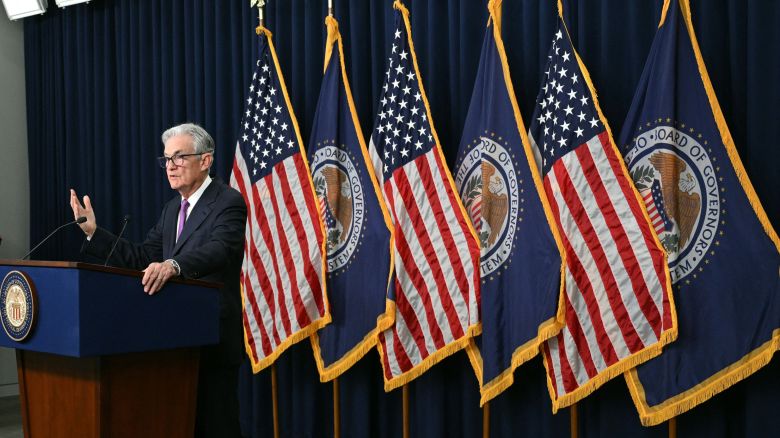US inflation is now much slower than last summer’s red-hot pace, but it’s not guaranteed it will drift all the way down to the Federal Reserve’s 2% target without a sharp rise in unemployment. That possibility remains unlikely.
Defeating inflation without throwing millions of Americans out of work — a scenario known as a “soft landing” — has always been the Fed’s “primary objective,” according to Fed Chair Jerome Powell last week. And the US economy’s surprising resilience, despite 11 rate hikes, has raised hopes of a soft landing becoming a reality.
But there are many uncertainties and economic headwinds on the horizon, including banks toughening their lending standards and the resumption of student loan payments only a few weeks away. Even Powell himself expressed some skepticism when describing the likelihood of a soft landing during his remarks Wednesday after Fed officials voted to hold interest rates steady at a 22-year high.
“I’ve always thought that the soft landing was a plausible outcome, that there was a path to a soft landing,” he said. “Ultimately, this may be decided by factors that are outside of our control.” Shortly after Powell’s comments, markets tumbled and Powell tried to remedy his dubious tone by stressing it’s still a goal and something the Fed has “been trying to achieve for all of this time.”
“Jerome Powell basically downgraded a soft landing (possibility) at the margin,” Quincy Krosby, chief global strategist at LPL Financial, told CNN. “The consumer is becoming increasingly more careful. We know that the consumer has been more decisive and more deliberate, but is still spending.”
The chances of a soft landing have certainly gotten better over the past several months as employers continued to hire at a solid clip and the unemployment rate remained low. But historical records show that a soft landing has only occurred once in the 1990s, or perhaps even a handful of times.
Aside from the threats posed by rising energy prices, a possible government shutdown, and student loan repayments, Krosby said investors are particularly focused on whether corporate earnings results will finally begin to turn a corner.
Higher corporate borrowing costs due to rising interest rates ate into the profits of S&P 500 companies this year, driving what’s known as an “earnings recession,” or consecutive quarters of profit declines compared to levels from a year earlier.
“It does look as though the earnings recession is bottoming and may actually be finished, as we get into the third-quarter earnings season,” Krosby said. “That’s positive for the market. It is positive for consumer sentiment and it should be positive for the overall market.”
The end of an earnings recession could be a good sign for the soft landing possibility, but if corporate profit growth doesn’t begin to sustainably recover, there go the Fed’s chances of defying history and defeating inflation without too much economic pain.
— CutC by cnn.com


